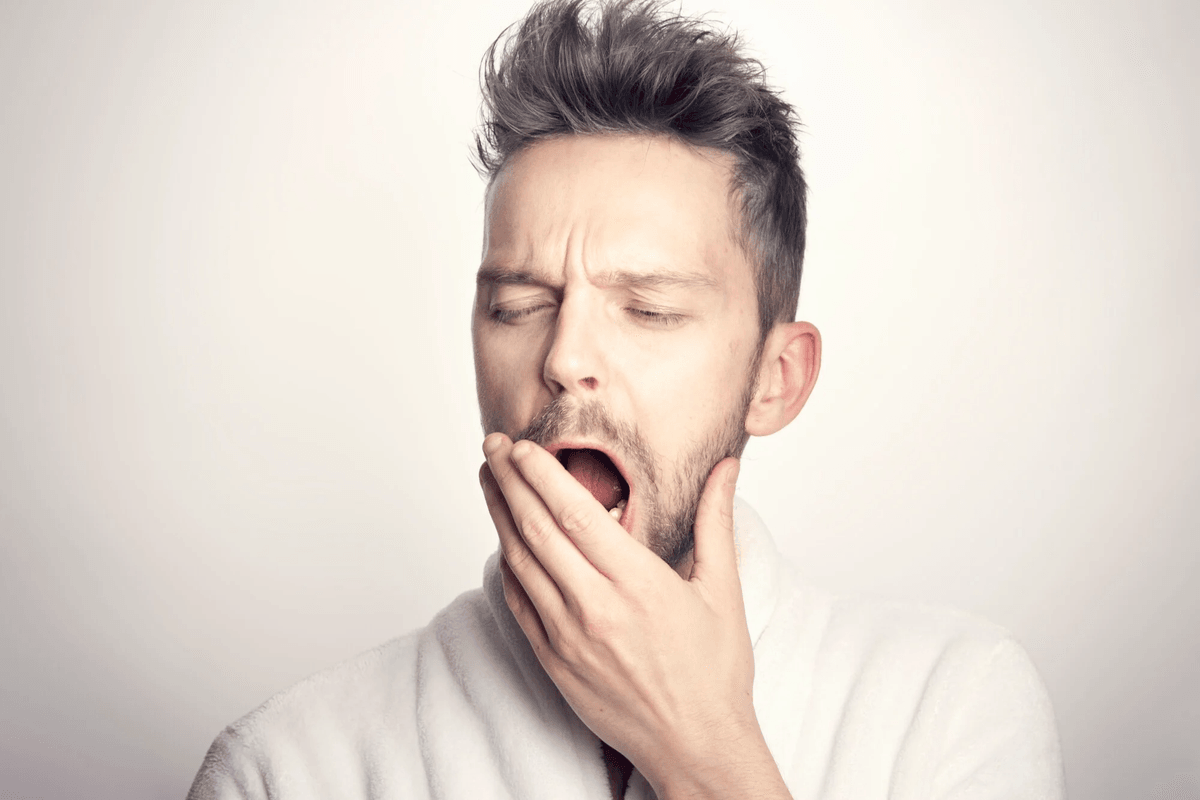
Sleep apnea is a serious sleep disorder characterized by repeated interruptions in breathing during sleep. These interruptions can last for a few seconds to minutes and may occur many times throughout the night. Understanding sleep apnea is essential, as it can lead to various health complications if left untreated.
Types of Sleep Apnea
There are three primary types of sleep apnea:
Obstructive Sleep Apnea (OSA): This is the most common form, occurring when the throat muscles relax excessively during sleep, leading to a blockage of the airway. Factors contributing to OSA include obesity, enlarged tonsils, or a thick neck. Learn more here about the sleep apnea Kalispell services.
Central Sleep Apnea (CSA): This less common type occurs when the brain fails to send the appropriate signals to the muscles that control breathing. CSA is often associated with certain medical conditions, including heart failure and stroke.
Complex Sleep Apnea Syndrome: Also known as treatment-emergent central sleep apnea, this condition is a combination of OSA and CSA. It may occur in individuals who initially present with obstructive sleep apnea.
Symptoms
Individuals with sleep apnea may experience a range of symptoms, including:
Loud snoring
Episodes of breathing cessation during sleep, often witnessed by a partner
Choking or gasping during sleep
Excessive daytime sleepiness or fatigue
Difficulty concentrating
Mood changes, including irritability or depression
Morning headaches
These symptoms can significantly affect the quality of life, making it essential to seek medical advice if they are present.
Risk Factors
Several factors can increase the likelihood of developing sleep apnea:
Obesity: Excess weight can contribute to the narrowing of the airway.
Age: Sleep apnea is more common in older adults.
Gender: Males are more likely to develop sleep apnea than females.
Family History: A family history of sleep apnea may increase risk.
Lifestyle Factors: Smoking, alcohol use, and sedative medications can exacerbate the condition.
Diagnosis
Diagnosing sleep apnea typically involves a thorough evaluation, including a medical history review, physical examination, and a sleep study (polysomnography). This study monitors various body functions during sleep, including breathing patterns, oxygen levels, and heart rate.
Treatment Options
Treatment for sleep apnea can vary based on the severity and type of the disorder. Common approaches include:
Lifestyle Changes: Weight loss, exercise, and avoiding alcohol and sedatives can significantly improve symptoms.
Continuous Positive Airway Pressure (CPAP): This device delivers air through a mask that keeps the airway open during sleep. CPAP is often the first-line treatment for moderate to severe obstructive sleep apnea.
Oral Appliances: These are custom-made devices that reposition the jaw and tongue to keep the airway open.
Surgery: In some cases, surgical options may be necessary to remove tissue or correct anatomical issues contributing to sleep apnea.
Positional Therapy: Some individuals only experience sleep apnea when sleeping on their back. Sleeping on one’s side may alleviate symptoms.
Conclusion
Sleep apnea is a prevalent condition that can lead to severe health issues if not properly managed. If you or someone you know exhibits symptoms of sleep apnea, it is crucial to consult a healthcare professional. Early diagnosis and intervention can improve sleep quality, reduce daytime fatigue, and enhance overall health, leading to a better quality.